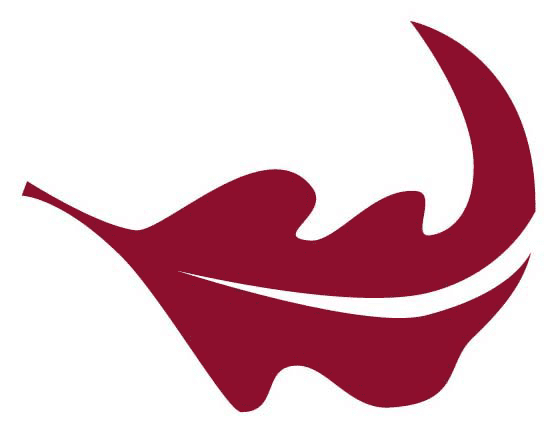Page Content:
GENERAL INFORMATION
MASINCOKOLE NGEMPILO NGESIXHOSA/ Let's Chat Health in isiXhosa / Kom ons Gesels Gesondheid in isiXhosa is a nine-week course (two sixty-minute periods a week) offered to University staff in various medical fields.
PREREQUISITE
No prior knowledge of isiXhosa is required, only enthusiasm and a desire to communicate with isiXhosa monolingual patients.
TEACHING METHOD
A communicative, interactive, task- and needs-orientated methodology based on suggestopaedic language learning (learning in an authentic setting) principles. The method includes oral and speaking tasks at a lower beginner level, group-work, and individual and group interaction with the lecturer(s). It comprises a communicative approach so that isiXhosa is learned in a fun and an exciting manner, yet always with a specific application of language and culture in mind.
EVALUATION METHOD
Students are continuous assessed on the basis of course attendance, participation and a basic, informal oral assessment.
Exciting, professionally designed, job-specific study material is provided on the first day of class attendance. The book and DVD are free of charge to students. To the outside people interested in purchasing the book and the DVD, they can buy it in book stores nation-wide. The book is free; language learning, however, will cost you time and desire to learn.
AIMS
The course's primary goals are:
- To partner in manifesting the Stellenbosch University's Pedagogy of Hope philosophy by bringing its students and allumni in the medical field closer to understanding a patient who might look and sound stranger to them than one should expect from people sharing the same citizenship.
- To sensitise participants to intercultural communication differences in the field of medical treatment and assistance.
- To provide participants with the knowledge and skills that will help him or her interact clearly and empathetically with monolingual isiXhosa speaking patients, semi-bilingual isiXhosa speaking medical assistants or health workers, and indeed ordinary people from the amaXhosa language and culture whom the medical practitioner intentionally or co-incidentally might encounter in the execution of his or her routine professional task.
- To assist the isiXhosa speaking medical or health professional in finding an accurate phrase in English or Afrikaans for a particular isiXhosa phrase or idea.
CONTENT
Classes focus on the following themes for communication purposes:
- isiXhosa and amaXhosa - General aspects of the people and their language, and particular aspects thereof in a medical context
- Greeting protocol in a medical consultation setting
- Making first acquaintance and introducing oneself in a medical consultation setting
- Extracting and recording biographical data about a particular patient
- Putting your patient at ease
- Conversing with diverse patients (child, male, female) with a general medical/health concern
- Instructing, asking and requesting a patient to elicit simple, yet clear responses or answers to assist in diagnosing discomfort, illness or disease
- Instructing and requesting a patient in such a manner that he or she reacts accurately or appropriately to assist in diagnosing discomfort, illness or disease
- Establishing a medical profile/history of past and current illnesses and diseases of a particular patient and his/her family
- Describing basic parts of the human body in isiXhosa
- Conversing with a patient with a dental concern
- Conversing with a patient with an ophthalmological concern
- Talking about HIV/AIDS in isiXhosa
OUTCOMES
At the end of this nine-week course, students should have a basic isiXhosa medical vocabulary for a variety of health related uses. The students should be able to demonstrate the following skills at a lower beginner level:
(a) Listening skills: Listen to and understand basic sounds of isiXhosa, simple descriptions in isiXhosa, simple instructions in isiXhosa, basic questions in isiXhosa, and show understanding of the identification and description of patients and health related matters, such as prescriptions and medication.
(b) Speaking and oral interaction: Pronounce basic sounds of isiXhosa, give simple descriptions in isiXhosa, simple instructions in isiXhosa, ask basic questions in isiXhosa, and provide an oral description of patient-related aspects and health related matters, such as prescriptions and medication.
(c) Reading: Read and understand basic sounds of isiXhosa, simple descriptions in isiXhosa, simple instructions in isiXhosa, basic questions in isiXhosa, and references to patients and health related matters, such as prescriptions and medication.
DAYS AND TIMES OF PRESENTATIONS: [Please note: Mondays & Wednesday only]
| Date | Venue | Time |
| 14 April 2014 – 21 May 2014 | Tygerberg Campus | 12:45 – 13:45 |
REGISTRATION: http://apps.sun.ac.za/SCD/ApplicationForm.aspx?offeringid=24ab72a8-62ae-e311-94c2-0050568000ff
Classes are kept small to ensure individual attention and to optimise learning. To avoid disappointment, please register as soon as possible.
Please contact Grant Ngidi for any enquiries about the course.
Telephone: 021 808 9097
E-mail: glngidi@sun.ac.za









